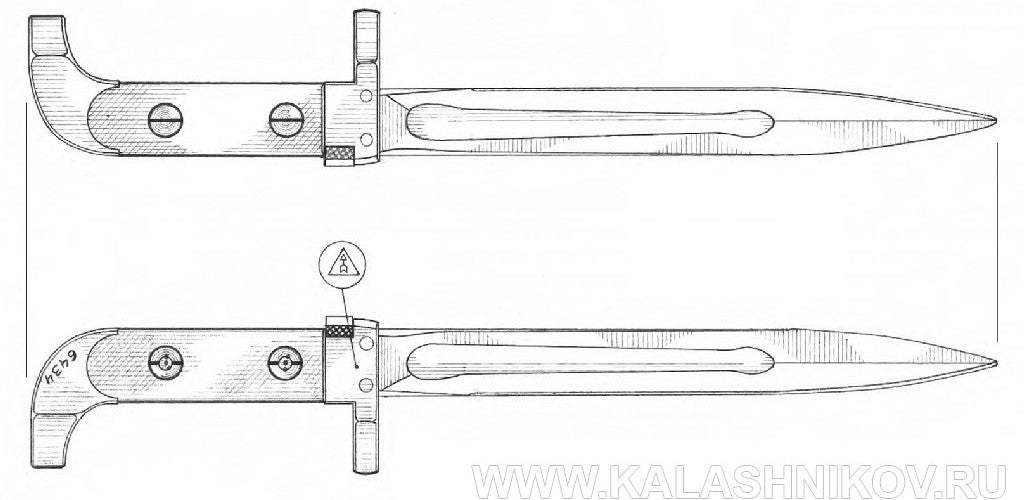

In the history of the AK-47, both milling and stamping have been used extensively. Stamping, on the other hand, begins with a sheet of metal that is folded into place: the result is a rifle that is lighter and much faster to produce but less durable than its milled counterpart. The resulting receiver is heavy but generally very strong.

A milled receiver starts with a block of metal that is machined into the required specifications. In general, there are two ways to make an AK-47: milling and stamping. But in regards to older rifles, it’s best to determine the gun’s history to make sense of its build and its potential for trouble. Generally, buying one of these new AKs is an excellent option for people new to the platform, as they come with a phone line that will still ring and a warranty. Two significant companies - Palmetto State Armory and Kalashnikov Concern - are producing them right here in the USA. There are several reliable builders of foreign-produced AKs here in the states. While many of the duds from earlier days are still floating around local gun stores and shows, there are many better options off the shelf now than there were a decade ago. This inconsistency led to market uncertainty, with end-users struggling to make sense of sources for authentic, reliable AK47s. That same rifle may have come into the US as a box of parts in the 1990s or early 2000s, then assembled by someone who has never built an AK. A particular rifle may have, as the manufacturer listed on the receiver, a company that has been making quality AKs for decades. These were either “sporter” versions of the AK (with different magazine wells, stocks, etc.) or came in as parts kits (that would then be assembled by the importer or by someone else entirely). Instead, due to a section of federal firearms law known as 922(r), most of the rifles came into the country piecemeal. This reputation was due, in large part, to the fact that most AK47s did not come into the US whole. In the United States, the AK received a relatively poor reputation for quality, particularly in the later years and aftermath of the Cold War. On the other hand, a poorly built AK is unreliable and a danger to its user. A well-done AK is a reliable gun that will perform well above most people’s expectations and will likely last a lifetime, assuming some essential maintenance. With any firearm, the overall quality of the build can make or break your shooting experience.
BEST AK 47 BAYONET SERIES
The Spike Bayonet will not work on the Legend Series PolyTech.nnThe Original PolyTech AK-47 and SKS parts listed by Kengs Firearm Specialty (KFS Industries Inc.) are NOS (New Old Stock) originally manufactured by Poly Technologies, Inc. The spring-loaded handle allows the bayonet to be deployed quickly and locked in place. The bayonet is installed to the front sight housing using a rivet (Bayonet Pin Part# 70-00-29) to hinge the Spike on the FSB (Front Sight Base). Completely machined from steel and includes the superior blued finish the PolyTech AK47 is known for. Although still seen on some earlier production Chinese AK47 rifle models, the Spike type bayonet was standard issue on Later production AKS-762 AK-47's produced in Factory 386. The early model AKS-762 PolyTech produced in Chinese State Arsenal 416 came standard with the "Norinco" style blade type bayonet. This is the famous under-folding "Pigsticker" Spike bayonet seen on several Chinese type 56 AK47. NAK47 Original Folding Spike Bayonet - Chinese PolyTech AK RiflennA direct replacement of the original PolyTech Spike Bayonet installed on AK47 rifles manufactured in the early 80's and Imported By The Original Kengs Firearm Specialty (KFS Industries Inc.).


 0 kommentar(er)
0 kommentar(er)
